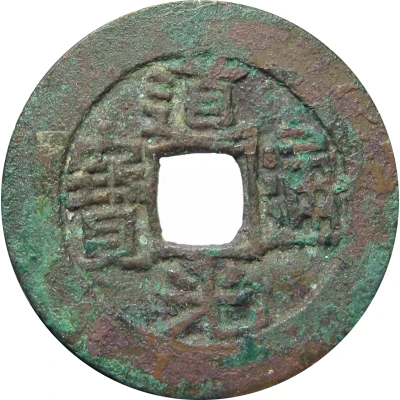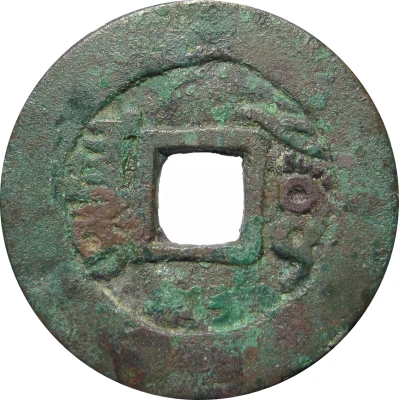


© Ollisaarinen (CC BY)
1 Cash - Daoguang Tongbao; Aksu ND
| Copper | 3.82 g | 25 mm |
| Issuer | South Xinjiang (Xinjiang region) |
|---|---|
| Emperor | Daoguang (道光帝) (1820-1850) |
| Type | Standard circulation coin |
| Years | 1821-1828 |
| Value | 1 Cash |
| Currency | Cash (1759-1909) |
| Composition | Copper |
| Weight | 3.82 g |
| Diameter | 25 mm |
| Thickness | 1.2 mm |
| Shape | Round with a square hole |
| Technique | Cast |
| Orientation | Medal alignment ↑↑ |
| Demonetized | Yes |
| Updated | 2024-10-04 |
| Numista | N#175244 |
|---|---|
| Rarity index | 84% |
Reverse
One Uyghur word to the right and one Manchu word to the left.
Scripts: Mongolian / Manchu, Old Uyghur
Lettering: ᠠᡴᠰᡠ اقسو
Translation:
Aqsu / Aqsu
Aksu (mint) / Aksu (mint)
Edge
Plain
Interesting fact
One interesting fact about this coin is that it was minted during the reign of Emperor Daoguang of the Qing dynasty, who ruled from 1820 to 1850. This coin was part of a series of coins minted during his reign to help standardize currency across China. The Daoguang Tongbao coin was the first standardized coinage system in China, and it was introduced to replace the various local currencies that were in use at the time. This coin is a rare example of a coin from the Xinjiang region, which was a remote and isolated area of China at the time.